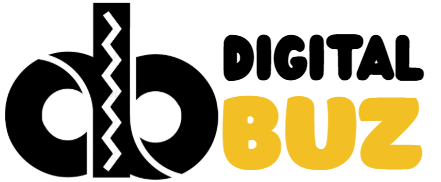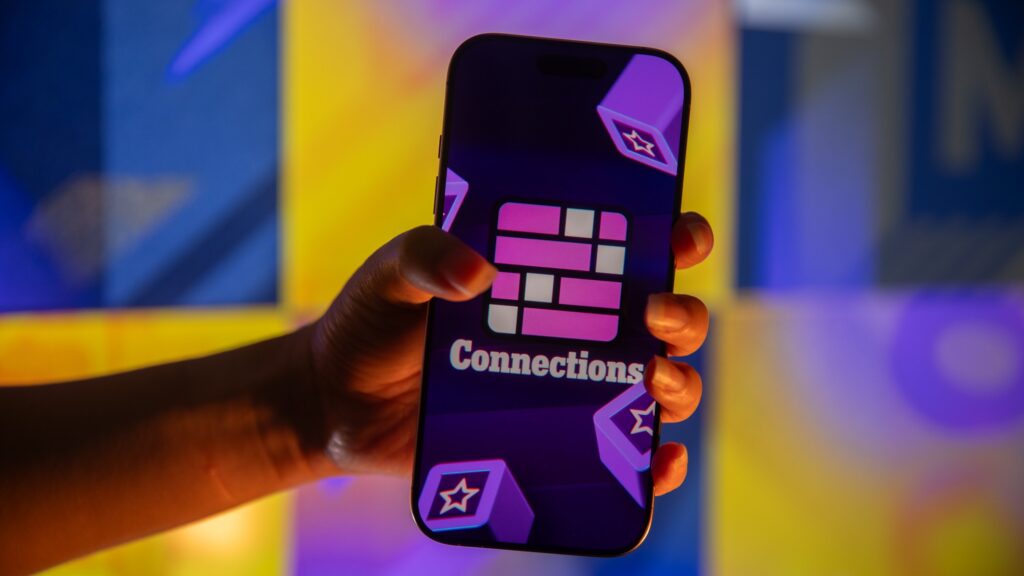Introduction
cs logic, vocabulary, and pattern detection into one interesting puzzle. Thousands try to solve it every day, and several look for assistance in the guise of “Connections hint today.” If you’re one of them, this article is written specifically for you.
We are going to walk you through the nature of the game, how to tackle daily puzzles, the use of hints, and proper strategies for achieving success on a daily basis. Regardless of whether you are new to the game or a frequent player, this guide will sharpen your daily solving experience and enjoyment.
What Is the Connections Game?
The Basics
“Connections” is an online puzzle by The New York Times. The goal is to categorize 16 words into four groups of four with a unifying connection. It reads simply enough, but there’s a catch—the connections can be subtle, misleading, or outright tricky.
Difficulty Levels
The puzzle features four difficulty levels:
- Yellow (Easy)
- Green (Medium)
- Blue (Hard)
- Purple (Very Hard)
Each level captures the obscurity and complexity of the connection. The yellow connection could group four colors, while a purple connection could be related to esoteric wordplay.
Why Do People Search for “Connections Hint Today”?
To Get a Nudge
Players may know some words but are unable to finish all groups. They need hints, not solutions, to preserve the challenge without frustration.
To Avoid Giving Up
Daily gamers don’t want to break their streak. Rather than guess and lose, a little hint can be a lifesaver.
To Learn Patterns
Certain gamers employ hints to learn puzzles’ structures. With time, this enhances their innate sense of recognizing themes and connections.
What Kinds of Hints Are Most Useful?
Category Titles
These gentle nudges define each set’s theme. Examples:
- “Types of Fruit”
- “Parts of a Car”
- “Synonyms for ‘Angry'”
Titles assist you in thinking about categories and excluding options more sensibly.
Group Reveal Without Answers
Certain hint providers give you the categories but not the words that fall into them. This maintains the challenge active while directing your thought.
Word Elimination Hints
Certain hints inform you of which words are decoys. This reduces the puzzle to fewer words and identifies concealed connections.
Where to Find Connections Hints Daily
The New York Times Website
If you take out a subscription on the game, you’ll occasionally see subtle hints inserted within the description or comments on the puzzle.
Reddit and Forums
Subreddits such as r/ConnectionsNYT offer daily threads with tiered levels of hints:
- No spoilers
- Category names
- Partial word lists
The format allows you to select the following amounts of help:
Puzzle Blogs
Numerous bloggers report on daily puzzles. Their formats are mixed:
- Visual hints
- Hidden text (you have to click to reveal)
- Commentary on tricky clues
Some of the best puzzle blogs provide deep dives, assisting players in becoming better players and not merely “cheating.”
How to Use Hints Effectively
Step 1: Play Without Help First
Try and solve as much as you can before sneaking a peek. It conditions your brain and boosts confidence.
Step 2: Read Category Hints Only
Begin with the most innocuous form of assistance—category names. It provides guidance without revealing the puzzle.
Step 3: Use Process of Elimination
Once you find one complete group, cross out those words. That leaves your way open to find the next group.
Step 4: Attempt Word Pairing
Put words in pairs or groups of three that appear to go together. Even if you’re not sure, it could jolt your memory or give you an idea.
Common Connection Categories in Everyday Puzzles
Being aware of common patterns makes you solve puzzles more quickly. Here are categories that appear frequently:
1. Word Synonyms
Happy, Joyful, Glad, Cheerful
2. Movie Titles or Characters
Jaws, Rocky, Avatar, Titanic
3. U.S. States or Capitals
Texas, Albany, Austin, Florida
4. Musical Instruments
Violin, Cello, Trumpet, Flute
5. Food & Drink
Apple, Orange, Banana, Pear
6. Homophones
Bare, Bear, Pare, Pear
7. Internet Slang or Acronyms
LOL, BRB, SMH, TTYL
8. Words with Double Meanings
Bark (Tree/Dog), Pitch (Sound/Sports)
The more you are familiar with these, the more comfortable it is to find groups.
Expert Tips to Improve Your Game Without Hints
1. Search for Common Prefix or Suffix
At times, the category might be related to how the word is organized. It is possible that words such as “replay,” “redo,” “reboot,” and “retry” all belong in “Words that begin with ‘Re’.”
2. Read Aloud
Sounding out the words can uncover phonetic patterns, rhymes, or homophones.
3. Think Broad, Then Trim Down
Begin with loose associations. Ask yourself what words might have to do with each other, then rule out what doesn’t.
4. Use Paper and Pencil
If the screen gets to be too much, jot the words down. Make groups or color-code them. This visual simplicity can get you through faster.
How Connections Hints Enhance the Game
Less Frustration
Rather than giving up when you’re stuck, hints keep you going. A little nudge is usually all you need.
Better Learning
Observing how clusters are created, particularly after looking at a hint, helps you see word relationships more profoundly.
Improved Memory and Vocabulary
Daily play, along with periodic hints, enhances your vocabulary and strengthens mental links between ideas.
Example Breakdown: Solving a Daily Connections Puzzle
Let’s step through a made-up example using strategy and hints.
The Words
mathematica
- Copy
- Edit
- Apple, Orange, Grape, Banana,
- Ford, Chevy, Tesla, Toyota,
- Angry, Mad, Irate, Furious,
- Soccer, Baseball, Tennis, Golf
Step-by-Step Strategy
1. Easy One First – Fruits
Apple, Orange, Grape, Banana → probably yellow (easy)
2. With Fruits Out of the Way, Consider What’s Remaining
You now have:
Ford, Chevy, Tesla, Toyota
Angry, Mad, Irate, Furious
Soccer, Baseball, Tennis, Golf
3. Identify Brand Names
Ford, Chevy, Tesla, Toyota → obviously cars, perhaps green level
4. Emotions Next
Angry, Mad, Irate, Furious → synonyms for angry, probably blue
5. Last Set is Obvious
Soccer, Baseball, Tennis, Golf → sports, this might be purple (more difficult due to context overlap such as “baseball bat” sounding like an object rather than a game)
Why You Should Use Hints Carefully
Clues keep the game exciting—only if employed intelligently. Excessive dependency can destroy the challenge. Attempt to forge a personal approach before resorting to help.
If hints are to be used, attempt to re-look at the puzzle after it has been solved. Ask yourself:
- Why was the group invisible?
- Which of the words misdirected you?
- Was there a decoy or red herring?
This introspection facilitates subsequent puzzles.
Final Thoughts: The Joy of Connections and Daily Growth
“Connections hint today” is more than a search term. It’s a key to playing the game on your terms. Hints can get you out of a stuck point and keep your mind agile without robbing you of the pleasure of discovery.
Solving Connections every day builds cognitive abilities, enriches vocabulary, and sharpens your lateral thinking skills. And when hints are employed correctly, they learn more than they instruct.
So tomorrow, while you sit with your next puzzle, keep in mind—use a hint if necessary, but always provide your brain a fair chance. Enjoy the challenge, and let each puzzle enhance your problem-solving ability.
Frequently Asked Questions
- Is using hints cheating?
Absolutely not. Hints are learning tools. They make the experience fun and instructional.
- How can I find today’s Connections hints without complete spoilers?
Reddit, puzzle blogs, and a few Twitter accounts provide tiered clues. Select the amount of assistance you desire.
- How do I improve my ability to see connections?
Play every day, review old puzzles, and pay attention to patterns. The more you play, the better you get.



